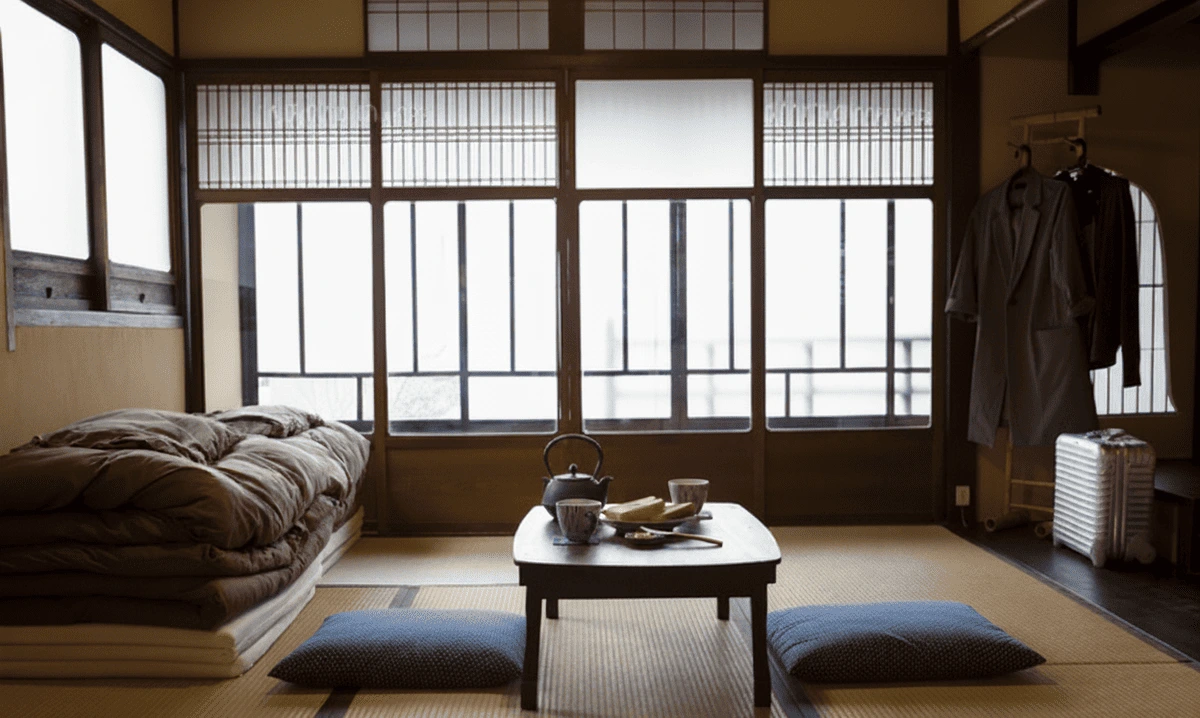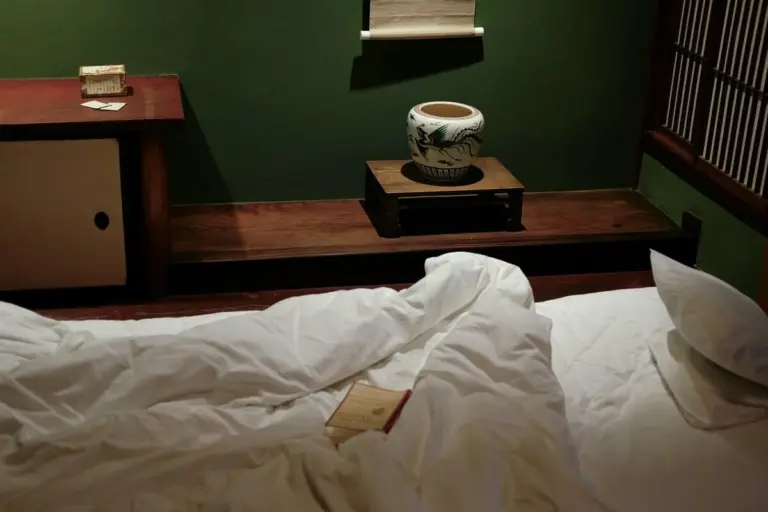How to Fold, Store, and Maintain a Japanese Futon Properly
Proper Care for Your Japanese Futon: Folding, Storage, and Maintenance Tips
A Japanese futon is more than just bedding—it’s part of a lifestyle that values simplicity, cleanliness, and space efficiency. Unlike Western mattresses, futons are designed to be folded and put away daily, making proper care essential to extend their lifespan. By learning the correct folding, storage, and maintenance techniques, you can keep your futon fresh and comfortable for years.
How to Fold a Japanese Futon (Shikibuton)
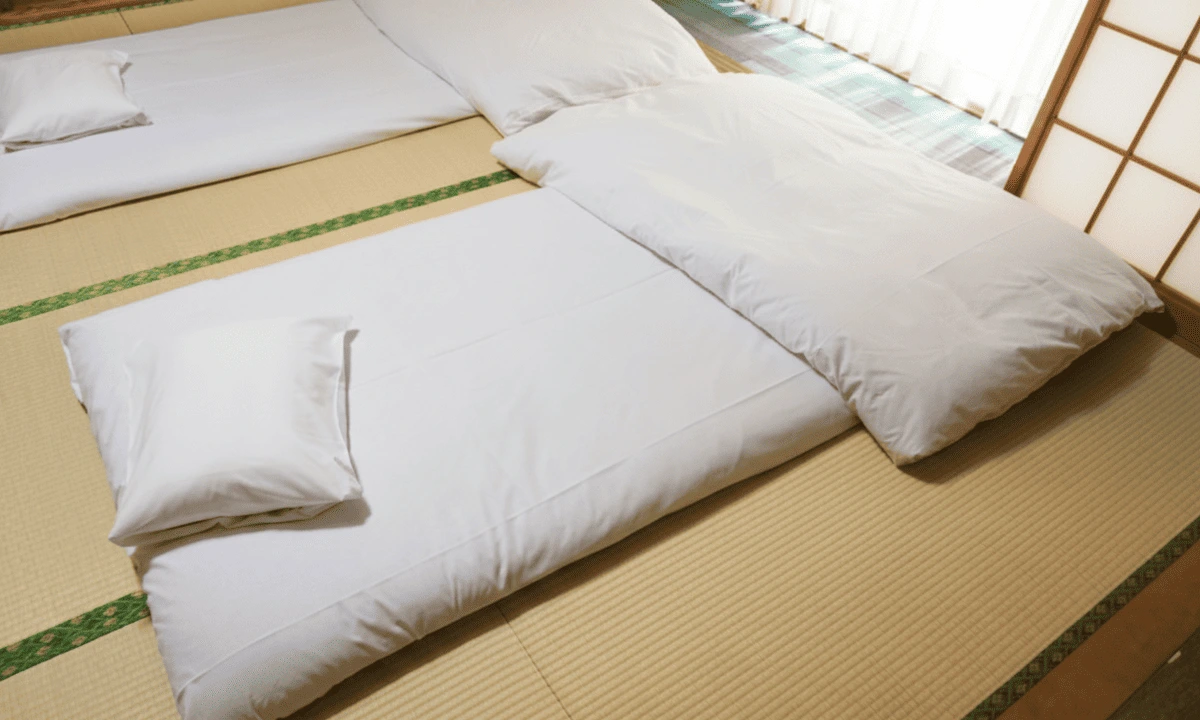 This section explains how to fold a shikibuton (sleeping mattress futon). Note that comforters (kakebuton), especially down-filled, require a different folding method, which we cover separately.
This section explains how to fold a shikibuton (sleeping mattress futon). Note that comforters (kakebuton), especially down-filled, require a different folding method, which we cover separately.
- Lay it flat on the floor after use.
- Fold into thirds lengthwise (like folding a letter).
- Fold into halves or thirds again depending on your closet size.
Storage tip: Always fold your shikibuton into halves or thirds. Avoid rolling it up, as this can lead to misshaping and fiber damage over time.
Best Practices for Storing Your Futon
 Since futons are made of cotton or synthetic fibers, they need airflow to stay fresh.
Since futons are made of cotton or synthetic fibers, they need airflow to stay fresh.
- Closet (Oshiire) Storage: Place the folded futon on a shelf, ideally above the floor to avoid moisture.
- Futon Bags: Use a breathable cotton bag for long-term storage. Avoid plastic bags, which trap moisture.
- Short-Term Vacuum Storage: Vacuum bags are fine for short-term use, but long-term compression can damage the loft.
How to Maintain Your Futon
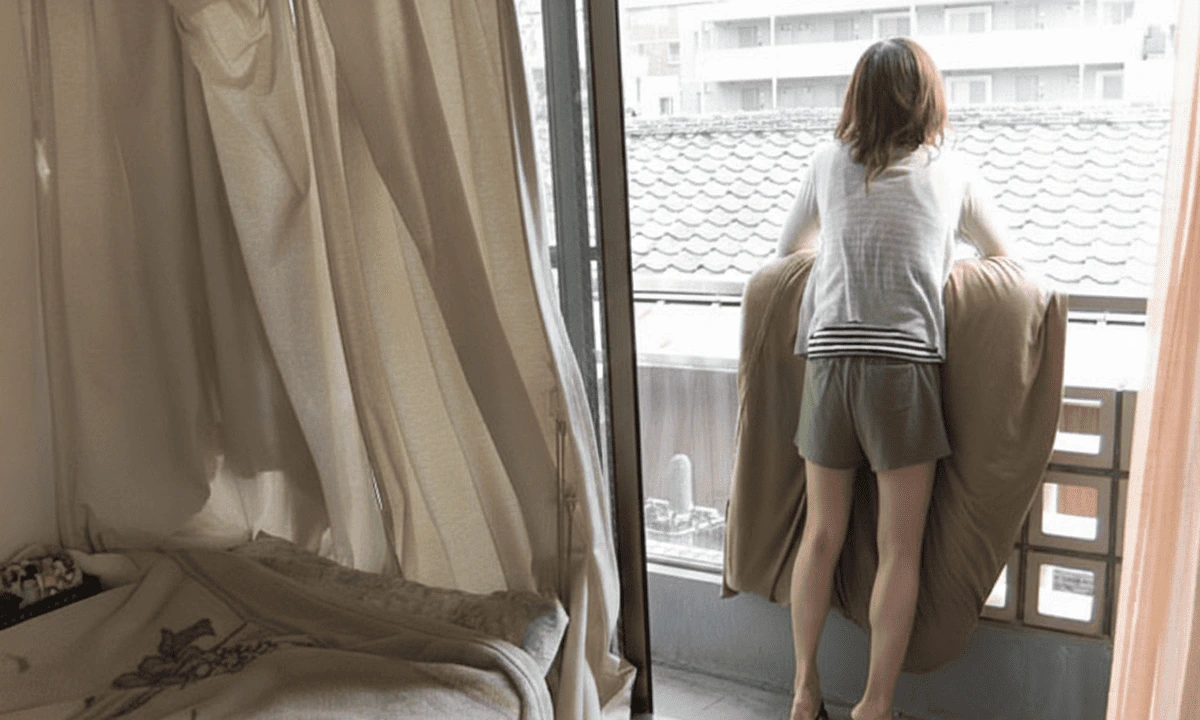 Proper maintenance prevents odors, mold, and dust mites.
Proper maintenance prevents odors, mold, and dust mites.
- Sun-Drying:
- Cotton futons: Once or twice a week, about 2 hours per side.
- Wool or polyester futons: About once a week.
- Down futons: Once or twice a month, about 1 hour per side.
- Dust Removal: Avoid heavy beating with a futon beater, as it damages the filling and stirs up dust and mites. Instead, use a vacuum cleaner with a futon nozzle. If you use a beater, limit it to gently brushing the surface.
- Regular Rotation: Flip or rotate the futon weekly to keep it evenly compressed.
Signs It’s Time to Replace Your Futon
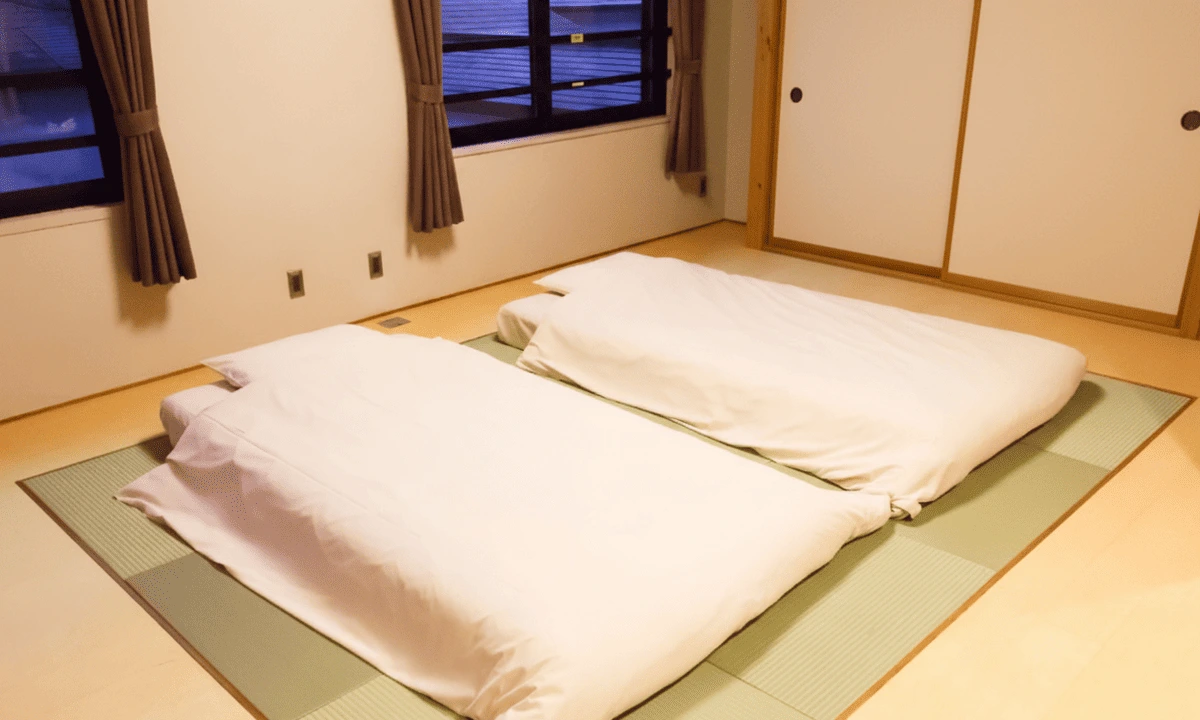 Even with the best care, futons eventually wear out. Look for:
Even with the best care, futons eventually wear out. Look for:
- Persistent flatness even after sun-drying
- Visible lumps or uneven support
- Musty odor that doesn’t go away
Average lifespan: A shikibuton (sleeping mat) typically lasts 3–5 years with daily use. A kakebuton (comforter), especially down-filled, can last 5–10 years when properly cared for.
Recommended Products for Futon Care
To make futon maintenance easier, consider these practical accessories:
- Breathable futon storage bag to protect against dust while allowing airflow
- Futon nozzle for vacuum cleaners for safe and effective dust removal
- Dehumidifying sheets to reduce moisture in humid climates
Conclusion
Folding, storing, and maintaining a Japanese futon properly not only preserves its comfort but also extends its life. With the right care routine—sun-drying, proper storage, and timely replacement—your futon can provide years of clean, supportive sleep.
